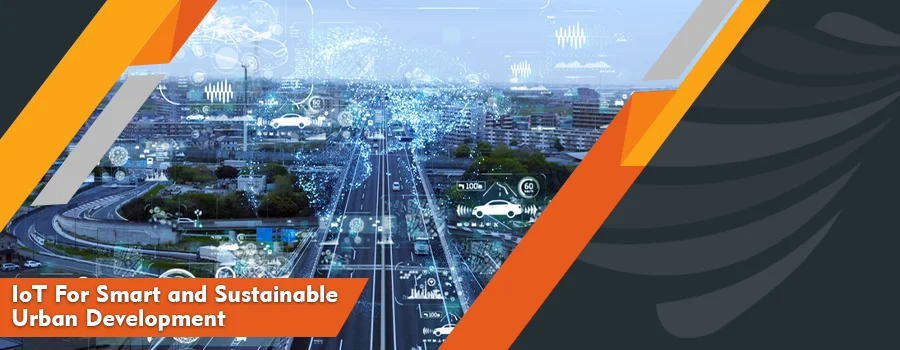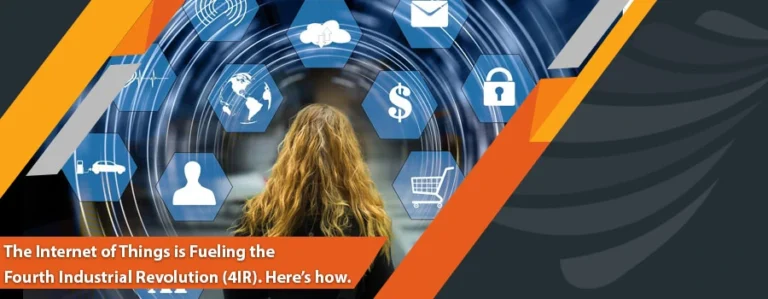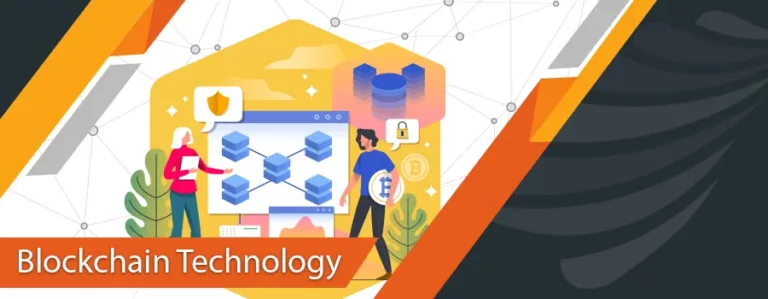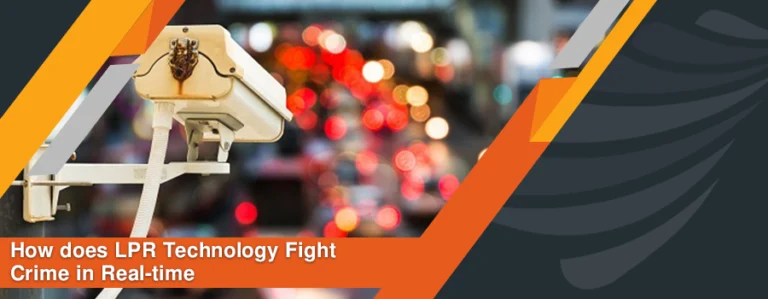There are a lot of driving technologies behind the concept and vision of Smart city developments; however, the Internet of Things (IoT) has proven to be the most critical technology in this regard. IoT is also one of the components empowering smart and sustainable urban development. Urban areas are filled with half of the world’s population, and cities account for 60-80% of energy consumption and 70% of global carbon emission. The increase in population has deteriorated the municipal services in terms of quality and quantity. Social inequality, water contamination, traffic congestion, etc., have become the biggest challenges of rapid urbanization.
Smart and sustainable urban development is the goal of municipalities. Thus, they are leveraging IoT to ensure the quality of life. The technology has been used to address the challenges related to waste conservation, traffic management, power grids, air pollution, etc. By leveraging the IoT, the goal is to make cities smarter and sustainable, where the cultural, environmental, social, and economic needs are fulfilled.
The following article provides an overview of the areas where the cities are leveraging IoT technology to cater to challenges and how the solutions may help ensure smart and sustainable urban development.
Retrofitting of Municipal Area
Retrofitting the existing building stock or adding new technology to older infrastructure in municipalities is the best approach when the cities are dealing with the problem of energy accountability, aging structures, and limited budgets. Retrofitting facilitates extending the lifetime of the building and reducing the operational cost.
Collecting and analyzing the building data before IoT was a manual and tedious task. The process of doing so was slow and still has traces of human errors. With the help of IoT sensors, data about infrastructure performance can be gathered easily. This crucial insight on the go leads to better and more efficient outcomes. With IoT, the use and operation of the building equipment can be controlled easily. For instance, you can control plug loads, lighting, and HVAC systems. The data gathered from the sensors can also be used to identify faults.
Traffic and Transportation
Greater reliability and efficiency are the ultimate goals of ensuring safe public transport. The IoT-enabled technology is the key to such enablements. When it comes to transportation management for smart cities, IoT is particularly helpful in toll and ticketing, connected vehicles, and public transport management.
For automated toll and ticketing, RFID tags can be used at tolls to improve traffic flow and reduce the vehicle waiting time. Nowadays, the majority of vehicles or trucks have built-in IoT connectivity. Hence, the barrier at the toll is automatically raised when the car is approaching it as the car was identified long before, automatically deducting the payment from the e-wallet of the owners. This requires minimal human effort and results in error-free work.
Additionally, vehicle tracking systems are already in use in many urban areas, specifically in the rental, freight, and law enforcement segments. For instance, companies use IoT-enabled tracking systems to ensure that their assets do not go beyond geofence. Such systems are similar to TrackPro, which provides an efficient asset tracking facility. Another IoT-enabled system is OLIOS-LPR, which uses license plate recognition to read the number plate of the vehicles and mark them authorized or unauthorized as per the parking payment data. IoT sensors embedded in the parking lots help drivers identify the vacant and occupied parking spaces via mobile app or web portal. ParkSmart also uses sensors to monitor the parking spaces and tell the drivers about the available parking spot.
Smart Lighting
The increase in population is having a significant impact on energy consumption. With the use of intelligent systems, such as IoT, the use of electricity and other forms of energy can be optimized. The natural light cycles can be mimicked by incorporating light and temperature sensors. In contrast, the light-sensor-based application can enable the orientation of solar panels for maximum utilization of natural resources. For instance, dynamic dimming systems of the streets can adjust the lighting as per the event, specific time, or human presence. Such systems can reduce energy consumption by 60%. This way, the streetlights can become more intelligent as they can provide real-time information about errors or faults. This allows the smart city managers to fix the problem as soon as possible without the need for manual checks.
Smart Waste Management
Effective waste management and the use of technology in this regard can help the municipalities in ensuring environmental sustainability. Smart waste management systems have waste collecting vehicles and smart bins with ultrasonic fill level sensors. The smart bin informs the nearest trash collection vehicle when the bin is full. The system analyzes the data and provides the shortest route to the trash can with the help of integrated traffic management and forecasting algorithms. In this way, IoT enabled smart waste management solutions such as BinWise to optimize cost by managing traffic, reducing fuel usage, and minimizing congestion on the road, usually due to inappropriate waste collection. These IoT-enabled urban development systems can allow the municipalities to explore recycling opportunities and embrace sustainability in its truest form.
Smart Water Management
Water is consumed in large quantities by a wide range of infrastructures, from commercial complexes and residential to industrial and agricultural settings. Based on target infrastructural settings, smart water management systems have distinctive uses. For instance, in lawn and agricultural settings, waste irrigation systems are becoming smarter continuously to prevent under and over watering of soil and monitor soil saturation. Additionally, for the urban developments, waster sensors are used to measure the quality of the water by checking the presence of chemicals in the water. IoT also empowers implementing other innovative applications in agriculture that can increase crop yield.
In urban areas, water management systems can be inculcated with the weather forecasting systems to control and monitor the drainage system in case of flooding and heavy rain. The system can also be integrated for personal use in homes to identify leakages and prevent water waste. Apart from this, the future application of IoT in this regard includes the automatic detection of terminating and incoming waste supply for the efficient utilization of water resources.
Conclusion
The core aim of urban development is to make the cities smarter and more sustainable and provide citizens with better quality of life by integrating new technologies. Thus, urban sustainability and smart cities work toward a common goal, and in this regard, IoT has been utilized in diverse ways to achieve sustainability in smart cities. The use cases mentioned in the article are just a few, and IoT has much more potential and scope for future research when it comes to smart urban development.




